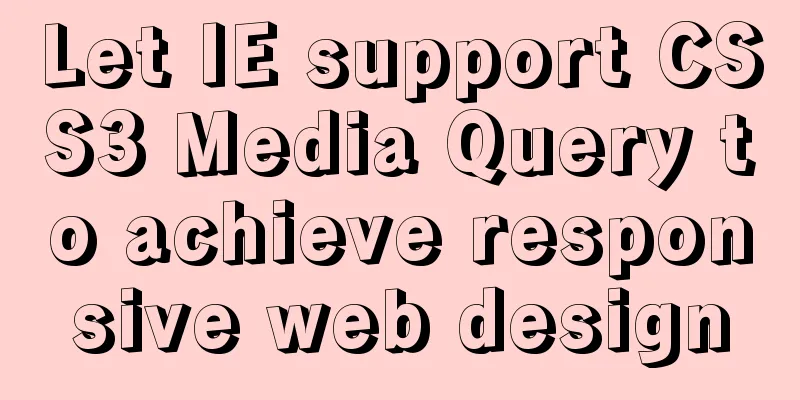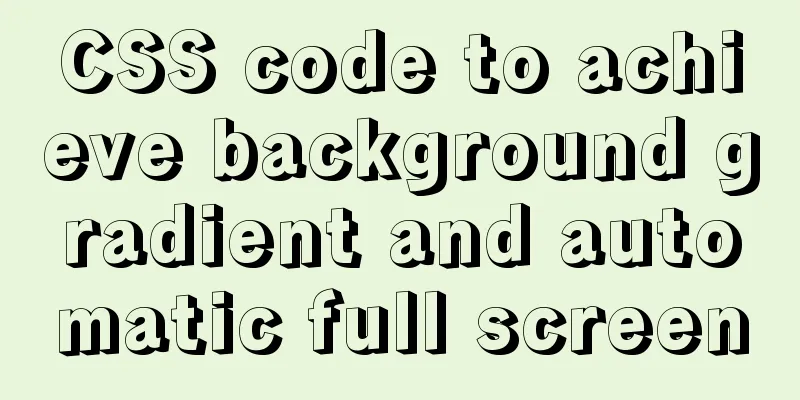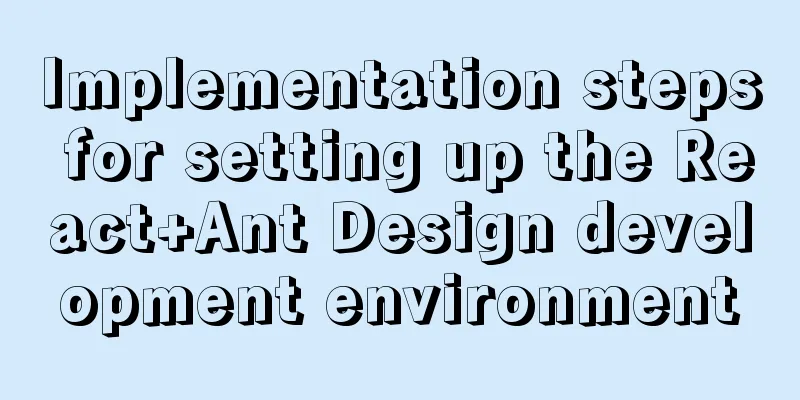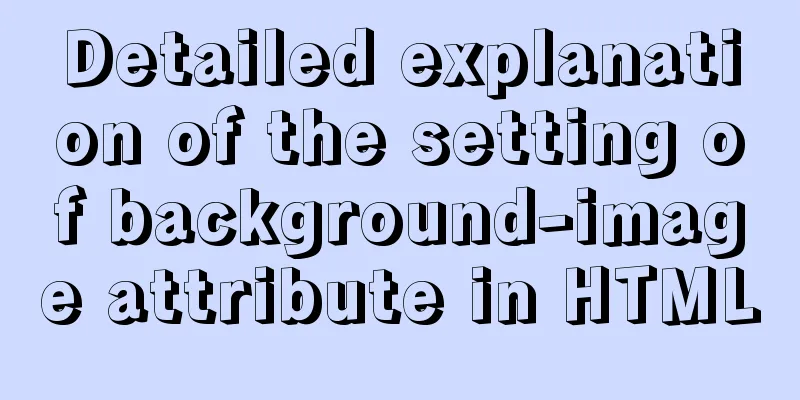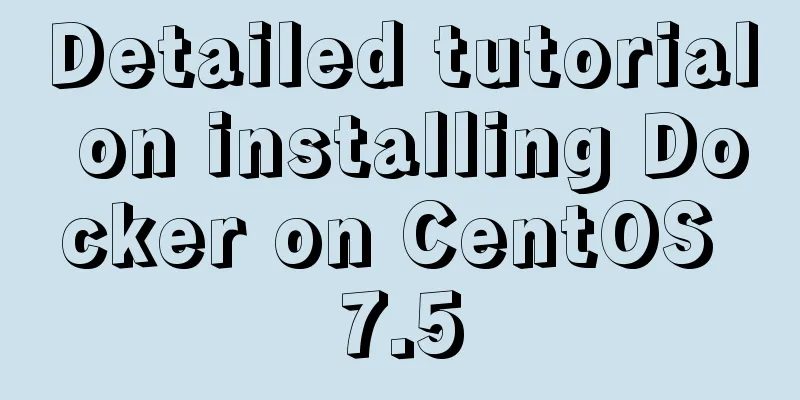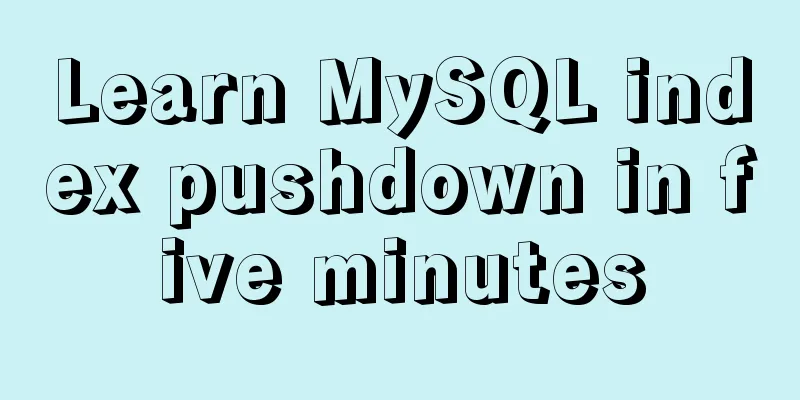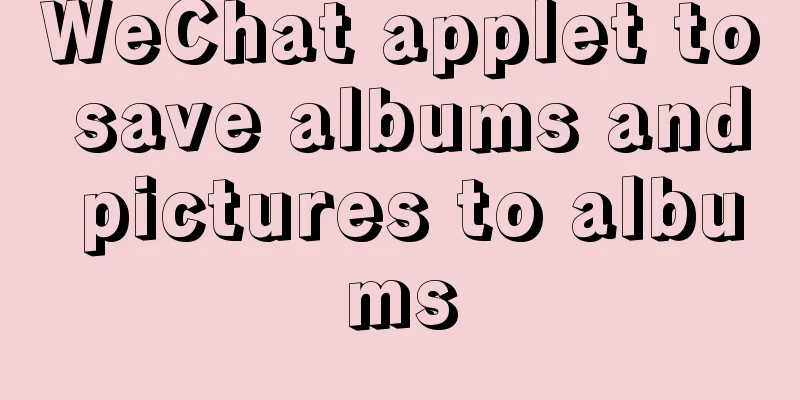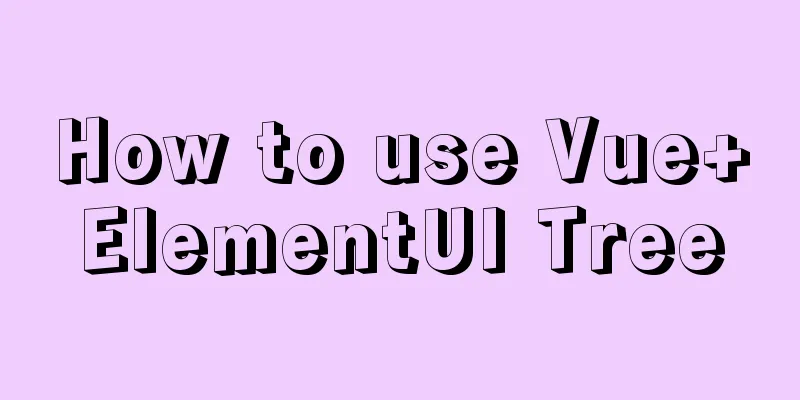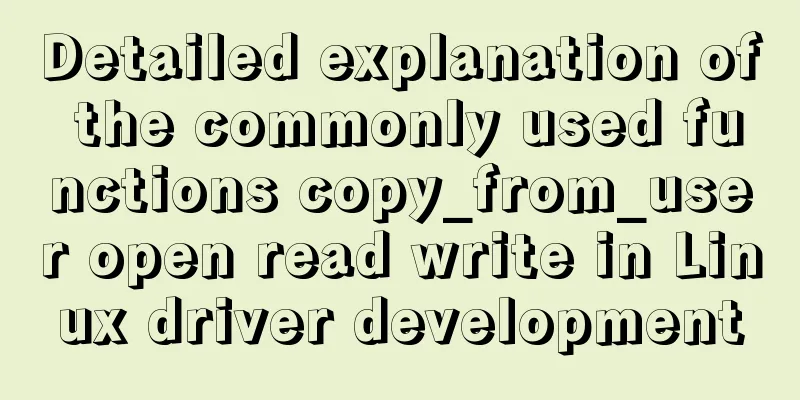Vue component communication method case summary
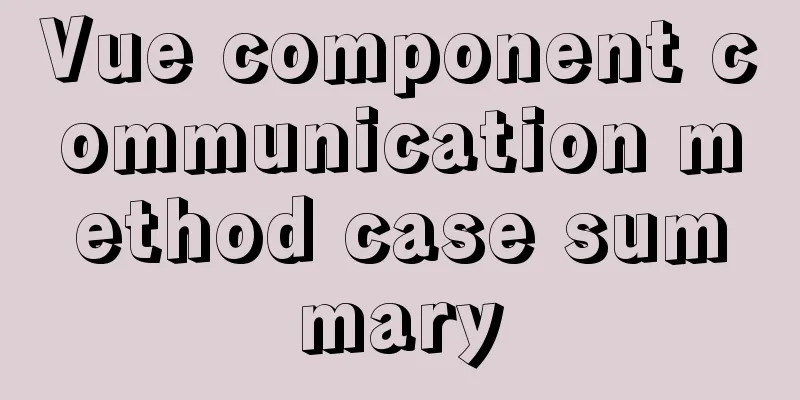
1. Parent component passes value to child component (props)step:
<div id="app">
<!-- 1. Pass data to child components through v-bind -->
<test v-bind:ss='name'></test>
</div>
<script>
var a = new Vue({
el:'#app',
data:{
name:'bing',
},
components:
test:{
props: ['ss'], // 2. Receive data passed by the parent component template: "<p>{{ss}}</p>"
}
}
})
</script>
Props creates a 2. Subcomponents pass values to parent components ($emit) The child component sends a message to the parent component through the step:
<div id="app">
<p>{{ total }}</p>
<button-counter v-on:increment="incrementTotal"></button-counter> <!-- Step 3 -->
</div>
<script>
Vue.component('button-counter', {
template: '<button v-on:click="increment">{{ counter }}</button>', // Step 1
data: function () {
return {
counter: 'Subcomponent data'
}
},
methods: {
increment: function () {
this.$emit('increment', this.counter); // Step 2
}
}
});
new Vue({
el: '#app',
data: {
total: 'Parent component data:'
},
methods: {
incrementTotal: function (e) { // Step 4
this.total = this.total + e[0]
console.log(e);
}
}
})
</script>
3. Brother component value transmission (EventBus)If you don't need a library like Vuex to handle data communication between components, you can consider using the EventBus in Vue to communicate. In Vue, This method is to create an empty vue instance as the processing center (event bus) of the $emit event, through which to trigger and listen to events, and conveniently realize the communication between any components, including parent-child, sibling, and inter-generation components. The details are as follows: 1. Initialization (new Vue()) First you need to create the event bus and export it so that other modules can use or listen to it. Method 1: Create a new // event-bus.js import Vue from 'vue' export const EventBus = new Vue() Method 2: Initialize EventBus directly in // main.js Vue.prototype.$EventBus = new Vue() // Note: EventBus initialized in this way is a global event bus Now that we have created 2. Sending events ($emit())Suppose there are two Vue pages that need to communicate: A and B. In page A, a click event is bound to the button and a message is sent to notify page B.
<!-- A.vue -->
<template>
<button @click="sendMsg()">-</button>
</template>
<script>
import { EventBus } from "../event-bus.js";
export default {
methods: {
sendMsg() {
EventBus.$emit("aMsg", 'Message from page A'); // Send data externally}
}
};
</script>
3. Receive events ($on())Next, you need to receive this message in page B.
<!-- B.vue -->
<template>
<p>{{msg}}</p>
</template>
<script>
import { EventBus } from "../event-bus.js";
export default {
data() {
return {
msg: ''
}
},
mounted() {
EventBus.$on("aMsg", (msg) => { // Receive the message sent by A this.msg = msg;
});
}
};
</script>
4. Remove event listenersAs mentioned before, if used improperly, EventBus can be a disaster. What kind of “disaster” is it? Everyone knows that vue is a single-page application. If you refresh a page, the related EventBus will be removed, which will cause the business to stop. Also, if the business has pages that are repeatedly operated, EventBus will be triggered many times when monitoring, which is also a very big hidden danger. At this time, we need to properly handle the relationship between EventBus and the project. It is usually used to remove EventBus event listeners when the vue page is destroyed. If you want to remove the event listener, you can do it like this:
import { EventBus } from "../event-bus.js";
EventBus.$off('aMsg', {})
4. VuexWhen making medium-to-large single-page applications, such as those that require collaborative development by multiple people and global maintenance of login status, it is best to choose vuex for state management. Vuex detailed explanation portal This is the end of this article about the case summary of Vue component communication methods. For more relevant Vue component communication method summaries, please search for previous articles on 123WORDPRESS.COM or continue to browse the following related articles. I hope everyone will support 123WORDPRESS.COM in the future! You may also be interested in:
|
<<: Detailed steps for configuring Tomcat server in IDEA 2020
>>: Detailed explanation of MySQL partition table
Recommend
How to add docker port and get dockerfile
Get the Dockerfile from the Docker image docker h...
Summary of some problems encountered when integrating echarts with vue.js
Preface I'm currently working on the data ana...
Bundling non-JavaScript static resources details
Table of contents 1. Custom import in packaging t...
How to add java startup command to tomcat service
My first server program I'm currently learnin...
6 ways to implement the maximum and minimum values of an array in javascript
Given an array [1,8,5,4,3,9,2], write an algorith...
Today I will share some rare but useful JS techniques
1. Back button Use history.back() to create a bro...
How to add a pop-up bottom action button for element-ui's Select and Cascader
As shown in the figure below, it is a common desi...
Summary of how to use the MySQL authorization command grant
How to use the MySQL authorization command grant:...
How to write memory-efficient applications with Node.js
Table of contents Preface Problem: Large file cop...
A brief discussion on several ways to pass parameters in react routing
The first parameter passing method is dynamic rou...
Detailed explanation of the solution to image deformation under flex layout
Flex layout is a commonly used layout method nowa...
Docker configuration Alibaba Cloud Container Service operation
Configuring Alibaba Cloud Docker Container Servic...
Vue uses vue-quill-editor rich text editor and uploads pictures to the server
Table of contents 1. Preparation 2. Define the gl...
About installing python3.8 image in docker
Docker Hub official website 1. Search for Python ...
MySQL optimization connection optimization
In the article MySQL Optimization: Cache Optimiza...
